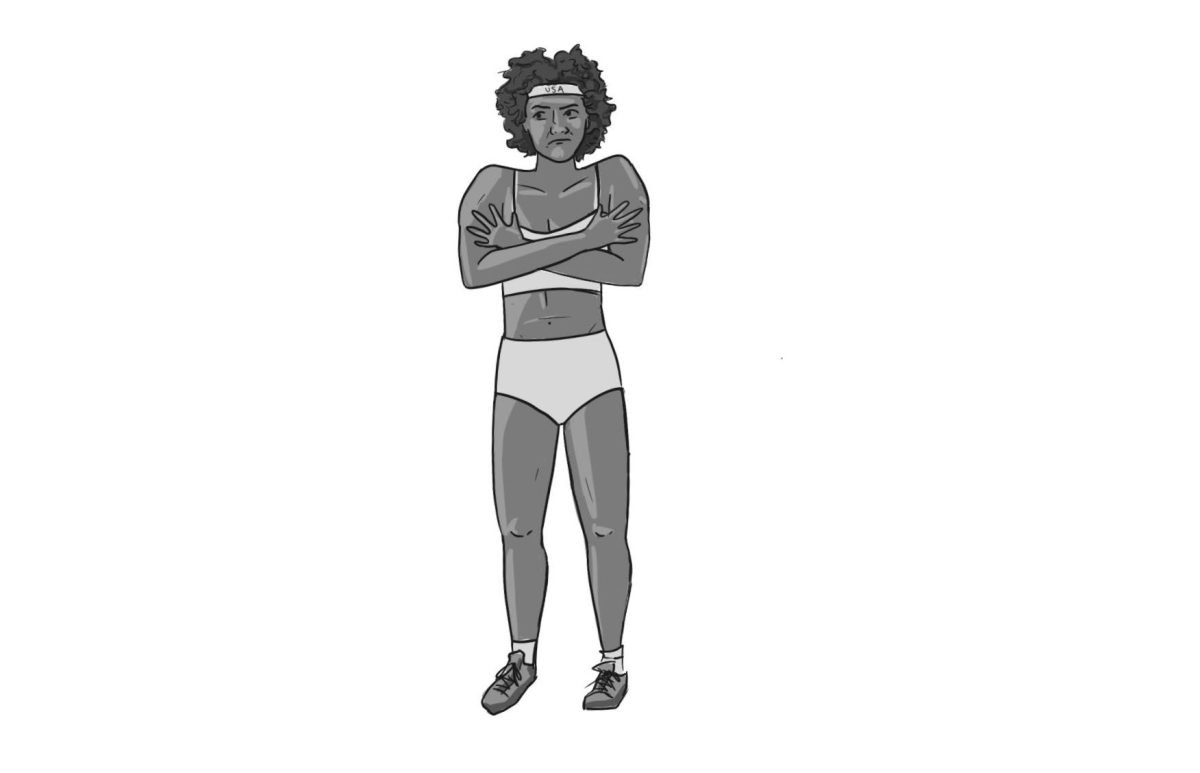
It probably seems impossible to give up sizzling bacon with your eggs in the morning, barbecue ribs right off the charcoal grill or Grandma’s roasted Thanksgiving turkey. But if you’re seriously committed to minimizing your carbon footprint, consuming less meat may be the simplest, most effective decision you can make.
According to the United Nations Food and Agriculture Organization, the meat industry emits more greenhouse gases than the whole transportation sector combined. That’s right, all fossil fuels burned by cars, trucks, buses, trains, boats and planes emit fewer greenhouse gases than raising animals for food. 18 percent of our emissions are attributed to meat production, while only 13 percent are attributed to transportation. Emptying your wallet for a new hybrid may have less of an impact on the earth’s atmosphere than altering your diet.
A recent study by the University of Chicago concluded that an average meat-consuming Toyota Camry driver will reduce their emissions the same amount if they switch to a Prius hybrid or eat one fifth less meat.
“You can change your light bulbs, buy a hybrid car and plant more trees till the cows come home,” the study says, “but nothing is as effective, available, inexpensive, quick and powerful for the individual in affecting global warming as the choice of where to put your fork.”
How can one measly cheeseburger have such a large carbon footprint? The answer is simple: A cheeseburger takes a long journey before it reaches someone’s plate.
First, land is cleared to grow corn and grain (requiring tilling and irrigation). The crops are transported to feed mills to be manufactured into feed. The feed is hauled to the farm to nourish the livestock. The livestock is trucked to slaughterhouses. This meat is transported to processing plants and is then finally brought to your local grocery store. The corn and grain farms, feed mills, livestock farms, slaughterhouses, processing plants and grocery stores consume energy in order to operate.
A vegetarian puts 1.5 less tons of carbon dioxide into the atmosphere compared to the average American’s meat consumer (based on the University of Chicago publication).
Carbon dioxide from transportation and operation isn’t the meat industry’s only pollutant. Because of cows’ particular digestive system, they release methane (a pollutant 21 times more potent than carbon dioxide) and account for 16 percent of all methane emissions. 1.3 billion cattle are on this planet due to human demand, and that number will only increase as the population rises if we don’t cut down our meat consumption. The amount of cows raised to match the world’s growing appetite release methane that is no more natural than the carbon emitted by a Hummer.
I haven’t even mentioned water pollution from animal waste or the swaths of land cleared for livestock production. (It’s 30 percent of the land on our planet, in case you were wondering.)
Eating less meat is one of the simplest ways an individual can reduce his or her footprint (albeit one of the hardest on your self-will). It’s much more difficult to find an affordable hybrid or electric car. I am not undermining the importance of greener vehicles. I would simply like to provide a comparison in order to illustrate the magnitude of the meat industry’s emissions.
Purchasing a Toyota Prius or Ford Hybrid sends the message that you are committed to reducing your footprint and dependency on wealthy gas companies. Likewise, modifying your diet to include less meat shows support for a less pollutant-intensive food system.







